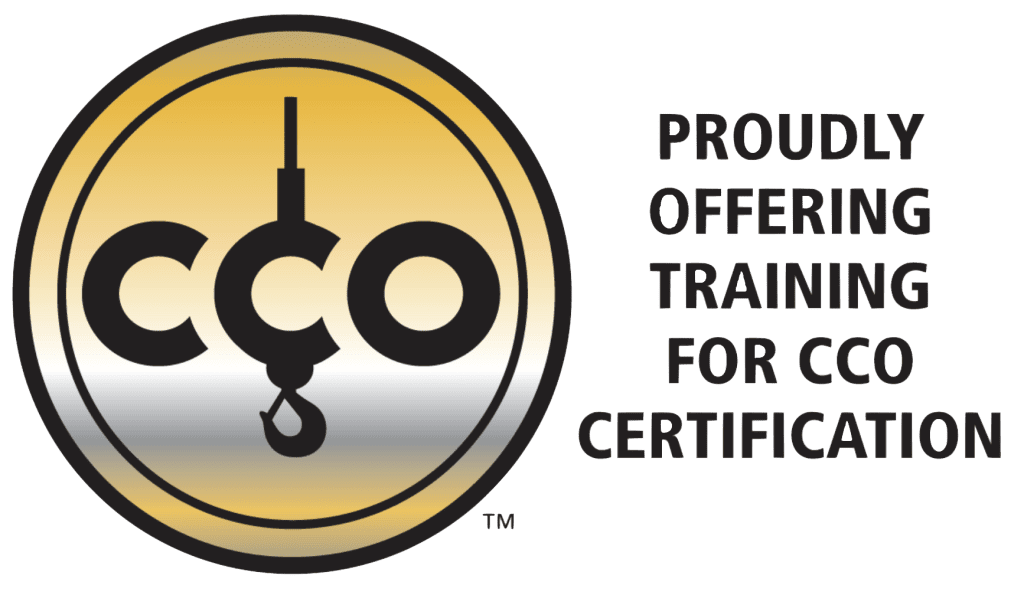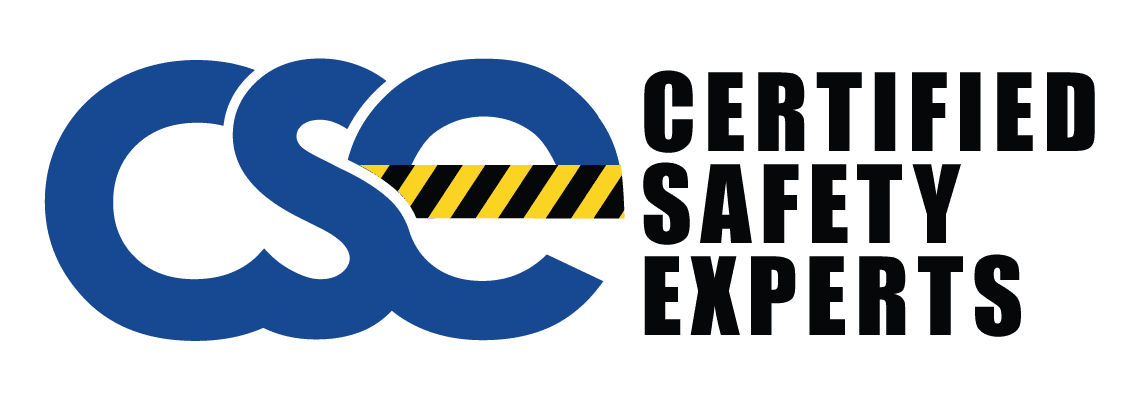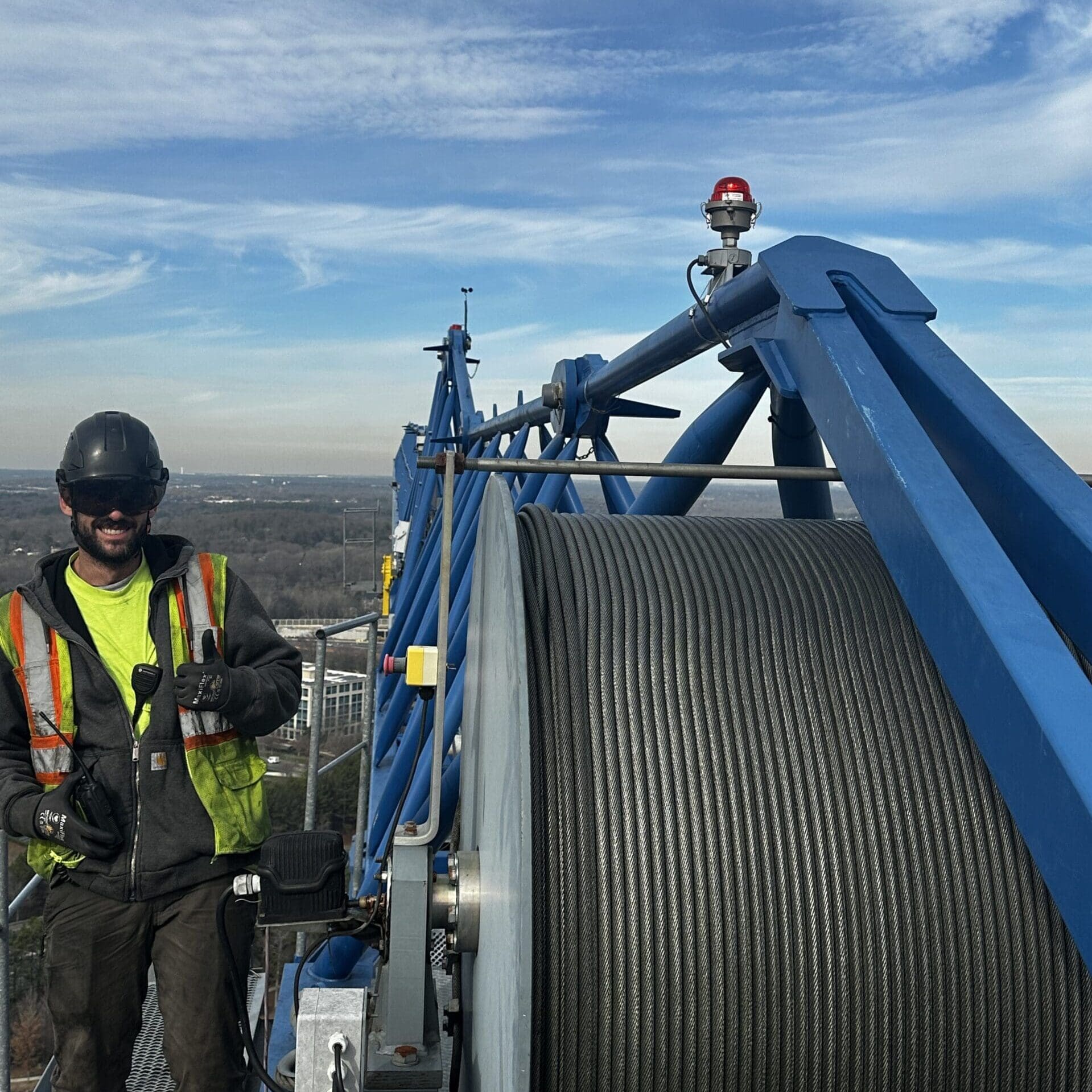Do you often think about your cranes’ health? A small mistake in crane care can cause big problems or safety risks. It’s key to think about it. Today, cranes are crucial in many industries for smooth operations.
Regular crane maintenance and inspection keeps cranes safe and working well. It also makes sure they meet safety rules. Industrial crane inspection finds problems early, and a good overhead crane maintenance plan cuts down on sudden stoppages.
Studies show that regular maintenance helps avoid problems and saves money on repairs. This article shares important tips for keeping cranes in great shape.
Key Takeaways
- Maintaining cranes is vital for safety and operational efficiency.
- Regular inspections can prevent major equipment failures.
- Following a consistent maintenance plan reduces downtime.
- Well-maintained cranes mean lower repair costs.
- Experts and real data show how important crane maintenance is.
Understanding Crane Safety and Compliance
Crane safety is crucial for construction and industrial sites. Regular checks are key to spotting problems early. Following crane inspection standards lowers risks and extends equipment life.
The Importance of Regular Inspections
Crane inspections are vital for a safe work area. They catch wear, faulty parts, and structural issues early. Following these standards boosts efficiency and cuts accident risks. Not doing these checks can lead to big problems, like injuries, deaths, and huge costs.
OSHA and ANSI Standards for Crane Safety
Following OSHA crane rules and ANSI guidelines is a must. It’s not just the law; it’s a duty. OSHA rules protect workers and ensure safe crane use. ANSI guidelines offer best practices and safety steps.
Companies must keep up with OSHA and ANSI updates. This keeps them safe, safe from legal trouble, and upholds top safety levels.
Crane Maintenance Program: Best Practices
Having a good crane maintenance plan is key for crane safety and efficiency. By sticking to the best practices, companies can cut down on downtime and make their cranes last longer. Doing daily, weekly, and monthly maintenance right will keep cranes running well and all parts working as they should.
Daily Maintenance Checklist
Daily inspections are a must in any crane maintenance plan. Operators should look over the whole crane for wear, leaks, or damage signs.
- Inspect hoist ropes and load chains for signs of stretching or wear
- Check for any unusual noises during operation
- Ensure that all control buttons and emergency stops are functional
- Verify that the crane’s brakes, hooks, and latches are in good condition
- Lubricate moving parts as necessary
Weekly and Monthly Maintenance Tasks
Weekly and monthly inspections are also key for crane upkeep. These tasks help keep cranes running well over time and should be well-documented.
- Weekly Tasks:
- Test the crane’s operational and safety switches
- Inspect electrical components for signs of damage or fraying
- Check alignment and adjustment of end stops and limit switches
- Monthly Tasks:
- Inspect and replace worn-out parts as per manufacturer guidelines
- Examine and tighten any loose bolts and fittings
- Review and record the crane’s performance and any maintenance issues
Keeping detailed records of maintenance is important. This way, companies can spot performance problems and make sure maintenance is done right and on time, following a clear crane service plan.
Common Overhead Crane Maintenance Issues
Keeping overhead cranes in good shape is key for safe and efficient work. Spotting issues early can save money and prevent accidents.
Crane troubles often start with mechanical problems, like worn-out ropes and broken brakes. These can make lifting heavy items risky. Electrical issues, like faulty controls and old wiring, also cause downtime. It’s vital to fix these problems quickly.
- Hoist Rope Wear and Tear: Regular checks help find signs of damage, like kinks and rust, which can weaken the rope.
- Brake Issues: Bad or worn brakes can let loads move on their own, which is dangerous. Replacing them on time keeps the crane safe.
- Electrical System Failures: Problems with controls or wires can stop the crane from working right. Regular maintenance helps avoid these issues.
- Gearbox Malfunctions: Keeping the gearbox well-lubricated and checked prevents it from breaking down, which could stop work.
- Runway Misalignment: Making sure the crane runs on straight tracks reduces wear on parts and cuts down on repairs.
Experts say having a good maintenance plan helps avoid common crane problems. This plan includes regular checks, quick repairs, and keeping detailed records. It keeps cranes running well, cuts down on repair costs, and makes the equipment last longer.
Choosing the Right Crane Service Company
Finding the right crane service company is key for your safety and efficiency. This section covers what to look for when making this important choice.
Evaluating Experience and Expertise
It’s crucial to check the company’s experience and skills. Make sure they have years of experience and a history of successful projects. They should have certifications and qualifications showing they can do various crane repairs.
Customer reviews are a great way to see how reliable they are. They give you real feedback from others who have used their services.
Service Agreements and Contracts
Looking at the service contracts is also key. Good contracts make things clear about what services you get, how fast they’ll respond, and when maintenance is done. They should cover regular checks, upkeep plans, and quick fixes for emergencies.
This keeps your cranes running well and makes them last longer. A good contract also makes sure everyone knows what’s expected. This helps avoid any confusion and keeps your cranes in top shape.
Crane Installation and Operator Training
Starting with the right steps is key to safe and efficient crane use. It’s vital to follow the best practices for crane installation. This makes sure the crane is stable and works well. By following OSHA’s rules, the installation meets high safety standards.
Training crane operators is just as crucial. A good training program makes sure operators know the latest safety rules and how to use new machines. It includes both basic training and ongoing learning. This keeps crane operations safe and up-to-date.
- Understanding crane controls and instrumentation
- Knowledge of load capacities and limitations
- Awareness of specific job site safety regulations
- Proficiency in emergency response procedures
Keeping training up-to-date helps operators know the newest tech and safety steps. This makes operations run better and lowers the chance of accidents and equipment problems.
In short, safe and effective crane use comes from careful installation and strong training for operators. These steps help follow the rules and keep the workplace safe.
Technological Advances in Crane Maintenance
Technology in crane maintenance is changing fast, bringing new tools that make things safer and more efficient. Advanced crane diagnostics are a big step forward. They check the mechanical and electronic parts of cranes to find problems early. This means fixing things before they get worse.
Predictive maintenance software is also changing the game. It uses real-time data and learns from it to predict when maintenance is needed. This helps avoid sudden breakdowns and makes crane parts last longer.
Remote monitoring systems are another big leap forward. They let operators and technicians check on cranes from anywhere. This means spotting problems fast, making safety better, and keeping maintenance smooth. With these systems, cranes stay in top shape, cutting down on accidents and costs.
Overall, technology is making a big difference in crane maintenance. Tools like advanced diagnostics, predictive software, and remote monitoring are changing the industry. By using these new tools, companies are getting better at maintenance. They’re also seeing fewer accidents and saving money.
Conclusion
Regular crane maintenance and inspection are key in industrial lifting. This article highlighted how important it is for optimal crane performance and reliable crane operation. It covered everything from safety standards like OSHA and ANSI to setting up a maintenance plan.
Following a strict maintenance schedule helps prevent common problems. It also makes your cranes safer and more efficient. Working with skilled crane service providers ensures your equipment meets all the rules and works perfectly.
As technology changes, keeping up with new advancements can make your cranes better. Always put safety first in lifting and keep your equipment in top shape. Taking action now means a safer and more productive future. For expert maintenance and inspection, call (919) 326-3742 to book your next check-up.




